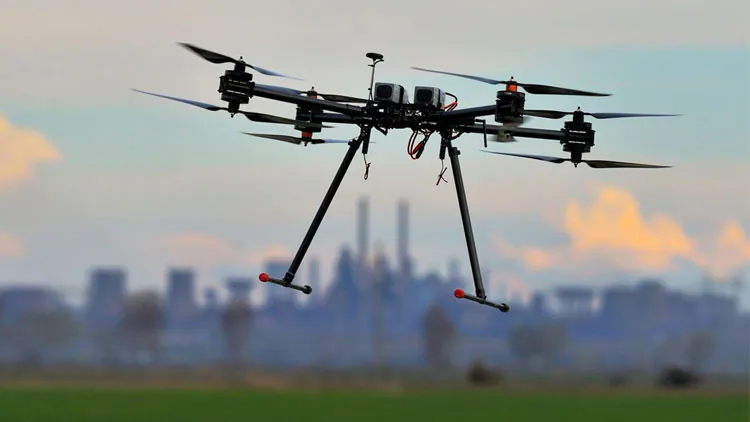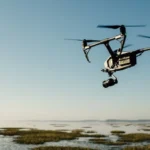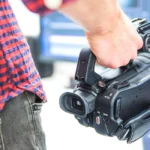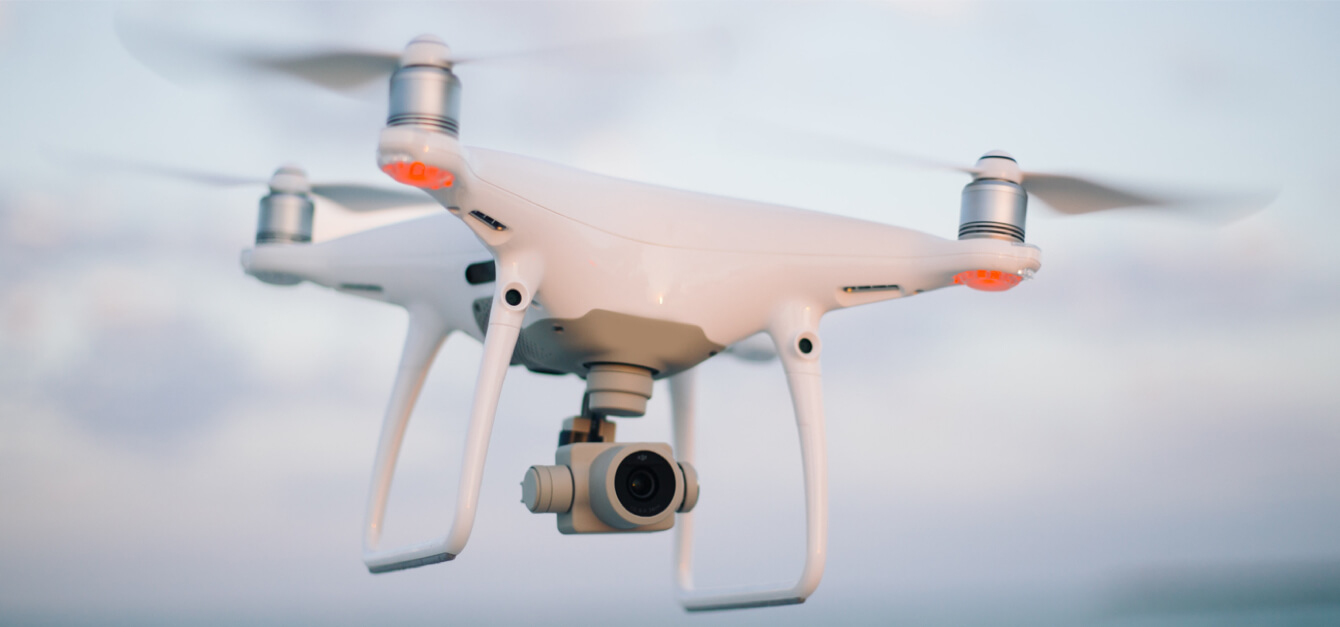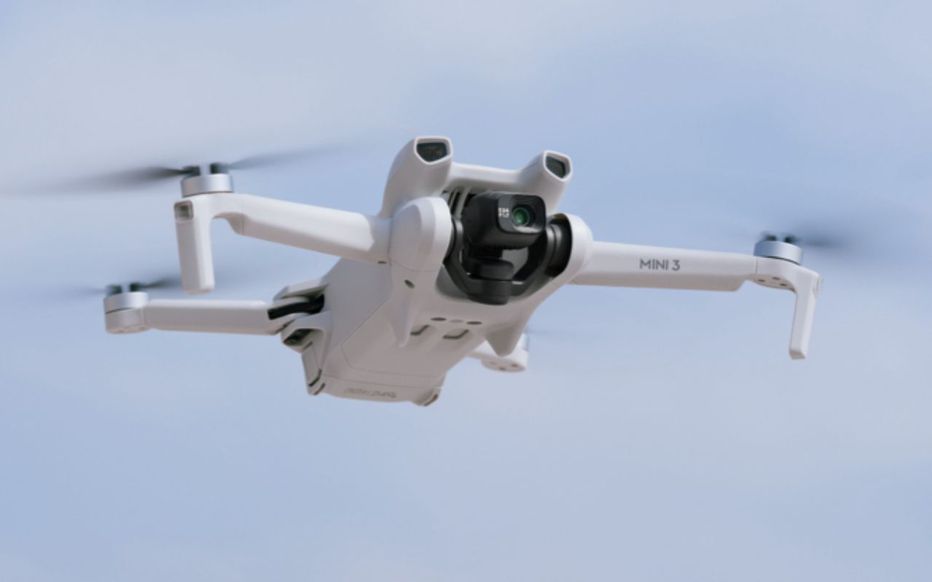
The allure of capturing the world from above has made aerial drone techniques an integral aspect of modern videography and cinematography.
As drones continue to redefine the possibilities of visual storytelling, understanding and mastering various techniques become essential for creating compelling and cinematic footage.
In this article, we delve into a comprehensive guide to aerial drone techniques, exploring the skills and strategies that elevate aerial videography to new heights.
The Art of Panoramic Shots
Panoramic shots allow filmmakers to capture vast landscapes and sweeping vistas. By carefully planning the drone’s flight path and using panoramic stitching techniques, one can create immersive and breathtaking visuals that showcase the grandeur of the surroundings.
Revealing with Vertical Lifts
Vertical lifts are a powerful technique to unveil a scene gradually. By ascending the drone vertically, filmmakers can slowly reveal the landscape, building, or subject, adding an element of suspense and anticipation to the footage.
Dynamic Tracking and Following
Tracking shots involve smoothly following a moving subject, be it a person, vehicle, or animal. Drones with intelligent tracking capabilities can autonomously follow the subject, capturing dynamic and engaging footage without the need for complex piloting skills.
Low-to-High Flyovers
Transitioning from a low-altitude flyover to a higher altitude provides a dynamic perspective shift. This technique works well for showcasing changes in terrain, revealing hidden details, and adding a cinematic touch to the video.
Orbiting and Circular Movements
Orbiting involves rotating the drone around a central point, creating a captivating circular motion. This technique is effective for highlighting a specific subject or capturing a 360-degree view of the surroundings, adding visual interest to the footage.
Flythroughs and Architectural Exploration
Flythroughs are ideal for exploring intricate spaces, such as buildings, bridges, or natural formations. Precision flying and careful planning are crucial to navigate through tight spaces, providing viewers with a unique and immersive experience.
Creative Tilt and Dutch Angles
Tilted or Dutch angles can add a dramatic and artistic flair to drone footage. By adjusting the drone’s orientation, filmmakers can create visually striking shots that evoke emotion and emphasize specific elements within the frame.
Time-Lapse and Hyperlapse Sequences
Leveraging the time-lapse and hyperlapse capabilities of drones allows filmmakers to condense the passage of time into visually stunning sequences. These techniques are perfect for showcasing changing weather, bustling cityscapes, or the natural progression of a scene.
Technical Considerations for Aerial Drone Techniques
Battery Management:
Plan drone flights and maneuvers considering the battery life. This is especially crucial for complex shots or extended sequences to ensure a safe return and avoid abrupt interruptions.
Safety and Regulations:
Adhere to local regulations and safety guidelines when executing aerial drone techniques. Understanding airspace restrictions, obtaining necessary permits, and prioritizing safety protocols are essential for responsible drone operation.
Conclusion
Aerial drone techniques represent a dynamic fusion of artistry and technology, offering filmmakers and videographers unparalleled creative possibilities.
By mastering these techniques and incorporating them into storytelling, one can unlock the full potential of aerial cinematography.
As the drone industry evolves, so too will the opportunities for pushing the boundaries of aerial videography, creating captivating narratives that transport viewers to new perspectives and experiences.



